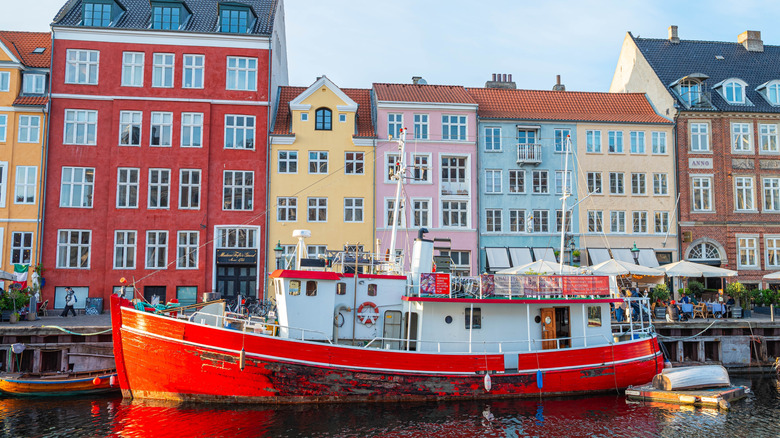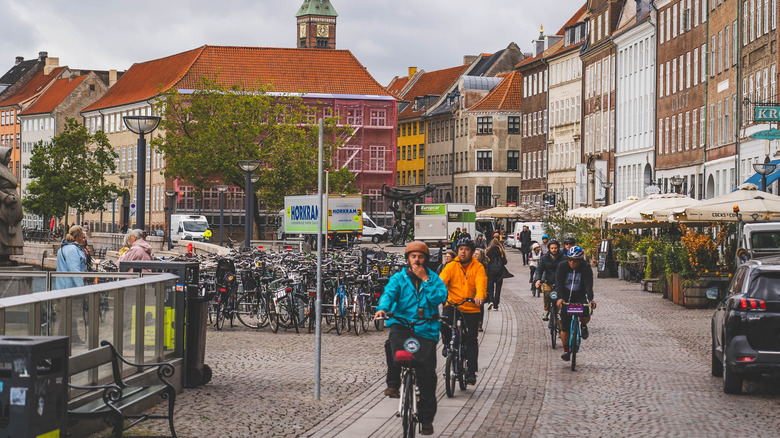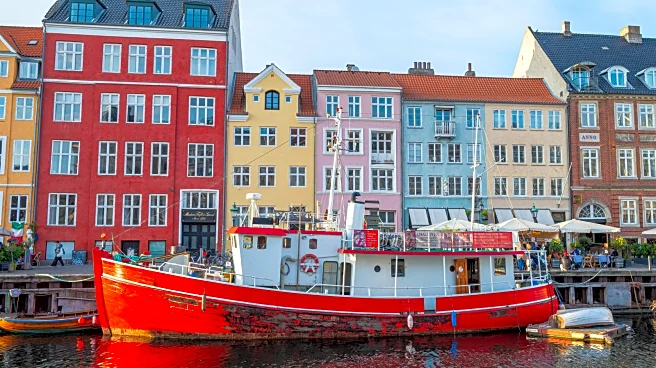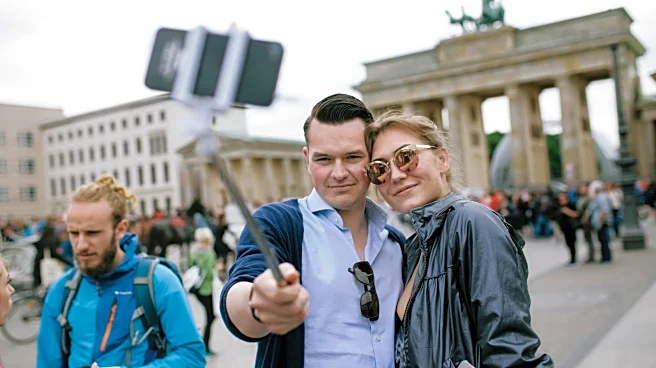
For three consecutive years, the Austrian capital of Vienna dominated the Global Liveability Index, which comes as a surprise to no one, as the city is brimming with historic places, green spaces, and vibrant cultures, as well as being the base from which you can discover the rest of the country (more on that in our guide to the easiest and most worthwhile day trips from Vienna). But the Austrian capital has at last been dethroned by another European capital, this time in the Nordics, and if you guessed
Oslo, with its hidden, enchanting medieval castle that inspired a Disney film, or Helsinki, with the world's only sauna on a Ferris wheel, you'd be wrong. In fact, the number one spot in 2025's Global Liveability Index goes to the Danish capital of Copenhagen. Vienna, as a result, has been knocked down to No. 2, followed by Zurich, Switzerland, in No. 3.
The Global Liveability Index analyzes several factors to determine the world's most livable city, including stability, healthcare, environment, education, and infrastructure; Copenhagen's scores across all five categories are either a perfect 100 or a marginally lower figure (95.4 for culture and environment and 95.8 for healthcare, for example), ultimately earning the city an overall index score of 98.
While Copenhagen is renowned worldwide for how happy its citizens are, ranking first in the Institute for Quality of Life's 2025 Happy City Index, the city earns its fame for many more reasons, namely its rich history and beautiful architecture, as well as its constant efforts to promote and integrate sustainable living practices — it is no wonder that Copenhagen has also been called the "ultimate green city" by The Telegraph.
Read more: The Most Tourist-Friendly Countries In The World, According To Travelers
What Sets Copenhagen, The World's Most Livable City, Apart

While the city of Copenhagen has made strides in improving its infrastructure and modernizing its amenities, its streets are still rooted in deep history and centuries-old architecture and have managed to retain their charm while keeping up with a fast-paced world. In Copenhagen, you'll find Europe's oldest major pedestrian boulevard, Strøget, and six decades after it was first established, it is still just as bustling. European travel expert Rick Steves said about Copenhagen, "Danes have a knack for enjoying everyday experiences, and their capital is the best place to sample the Danish good life. Copenhageners somehow manage to exude orderliness without being rigid — the whole city emits a sense of balance, and a general calm." Magstræde, Olufsvej, and Sofiegade are all streets that reflect the city's happiness with the bright colors and history of their beautifully preserved buildings.
Copenhagen is additionally famous for its implementation and use of sustainable living practices, so much so that the official website of the city explains, "Planning a city for life – and cycling – now goes by the term 'Copenhagenization.'" And, indeed, the city has goals and achievements when it comes to energy production and consumption; Copenhagen's Urban Development reported it had already reduced CO2 emissions by 72.6% between 2005 and 2021. And the cycling culture that you can find in so many European capitals is alive and well in Denmark, as its capital is considered one of the best cycling cities in the world. That's no coincidence, since it's always improving its cycling infrastructures, like bike tracks and parking spots, encouraging more of its residents to use bikes instead of cars.
Ready to discover more hidden gems and expert travel tips? Subscribe to our free newsletter for access to the world's best-kept travel secrets.
Read the original article on Islands.













